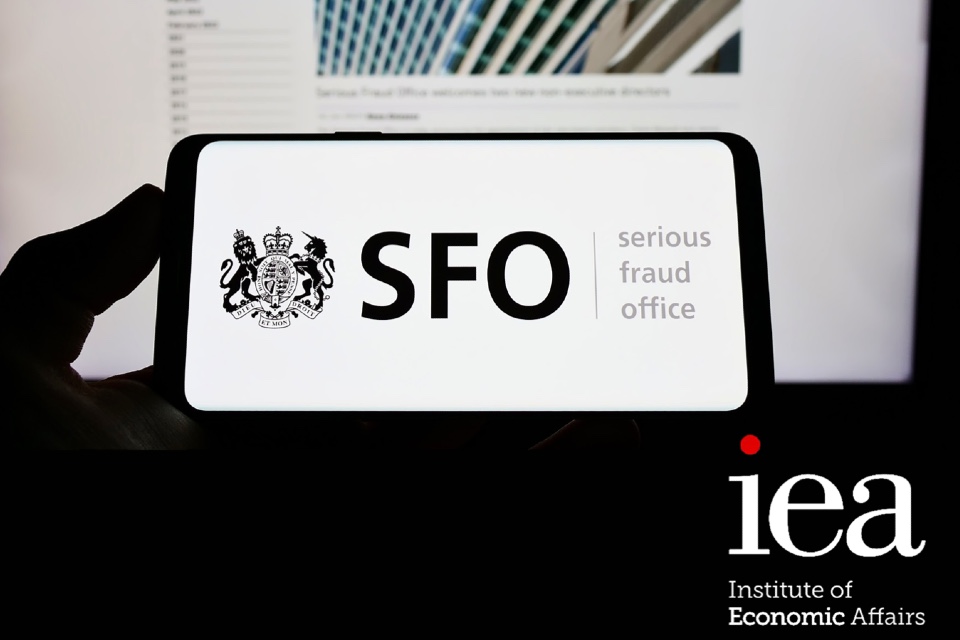Solve your biggest fraud challenges with Celebrus. Say hello @ Fraud Prevention Summit! 🚀

Are you tired of reacting to fraud after it happens? You’re not alone. Many businesses struggle with outdated fraud prevention methods that are slow and ineffective. In a time where every second counts, the importance of instant, accurate, and proactive fraud prevention is crucial. Celebrus is your missing link for real-time identity resolution, behavioural context, and […]
Holiday shopping chargebacks: How retailers can prepare

By JonCarlo Hernandez, Digital Marketing Manager at Jusst The holiday shopping season brings both opportunities and challenges for merchants. While sales surge, so does the risk of fraud and chargebacks. With e-commerce reaching new heights – $222.1 billion in online sales from Nov. 1 to Dec. 31, 2023, up 4.9% year-over-year – retailers must prepare for the […]
New M&S self-serve B2B platform doubles down on fraud prevention

BHN (Blackhawk Network) has entered a partnership with M&S to launch the retailer’s first self-serve B2B eCommerce platform, with a particular emphasis on combatting attempted fraud. In short, the retailer will now have a self-service ecommerce platform that B2B buyers can access at any time to complete gift card orders. The platform will allow B2B […]
AI MONTH: A buyers guide for AI-powered anti-fraud solutions

As fraudsters become increasingly sophisticated, senior anti-fraud professionals in the UK’s e-commerce and banking sectors must leverage advanced technologies to stay ahead. AI-powered solutions offer powerful capabilities for detecting and preventing fraud. Here are key considerations when selecting a provider, based on delegate priorities at the Fraud Prevention Summit… Understanding Your Organisation’s Needs Key Considerations for Supplier Selection […]
European credit sector associations call for more fraud prevention efforts

The European Credit Sector Associations, composed of the European Association of Cooperative Banks (EACB), the European Banking Federation (EBF), the European Savings and Retail Banking Group (ESBG) have welcomed the publication by the Euro Retail Payments Board (ERPB) of its Working Group Report on fraud related to retail payments. On top of the three Associations, […]
If you specialise in preventing Chargebacks fraud we want to hear from you!

Each month on Fraud Prevention Briefing we’re shining the spotlight on a different part of the market – and in October we’ll be focussing on Chargebacks. It’s all part of our ‘Recommended’ editorial feature, designed to help industry buyers find the best products and services available today. So, if you specialise in Chargebacks and would like to be […]
WEBINAR: Unlock your revenue potential – Strategic chargeback management for EMEA payment leaders

As chargebacks are projected to reach $165 billion by the end of 2024, ecommerce payments professionals are facing an unprecedented challenge—yet most are leaving 40% or more of disputes uncontested, leading to substantial revenue losses. This webinar will dive into the root causes, including the rise of first-party fraud and why neglecting to fight chargeback […]
AI MONTH: Identifying the key anti-fraud use cases in your organisation

AI is revolutionising the fight against financial fraud, offering sophisticated solutions that can outsmart even the most sophisticated fraudsters. Here are some of the key ways AI is being deployed by delegates at the Fraud Protection Summit… AI is a powerful tool in the fight against financial fraud, offering real-time detection, adaptability, and the ability […]
TIme is running out to attend the Fraud Prevention Summit

Can you join 60 of your peers as a delegate at the Fraud Prevention Summit on the 6th November 2024 in London? Places are running out fast! Attendance to the is completely FREE and includes meetings with top suppliers, inspiration and knowledge sharing from our educational speakers, opportunities to network with your peers, lunch and refreshments throughout, and much more! […]
Should the SFO be scrapped? The IEA thinks so

The Institute of Economic Affairs has published a paper asserting the Serious Fraud Office (SFO) should be replaced with a new body dedicated to combating economic crime with greater emphasis on prevention. In the paper, the IEA says the SFO has been plagued by a series of high-profile failures, ‘including ethical misconduct and incompetence’. In […]

